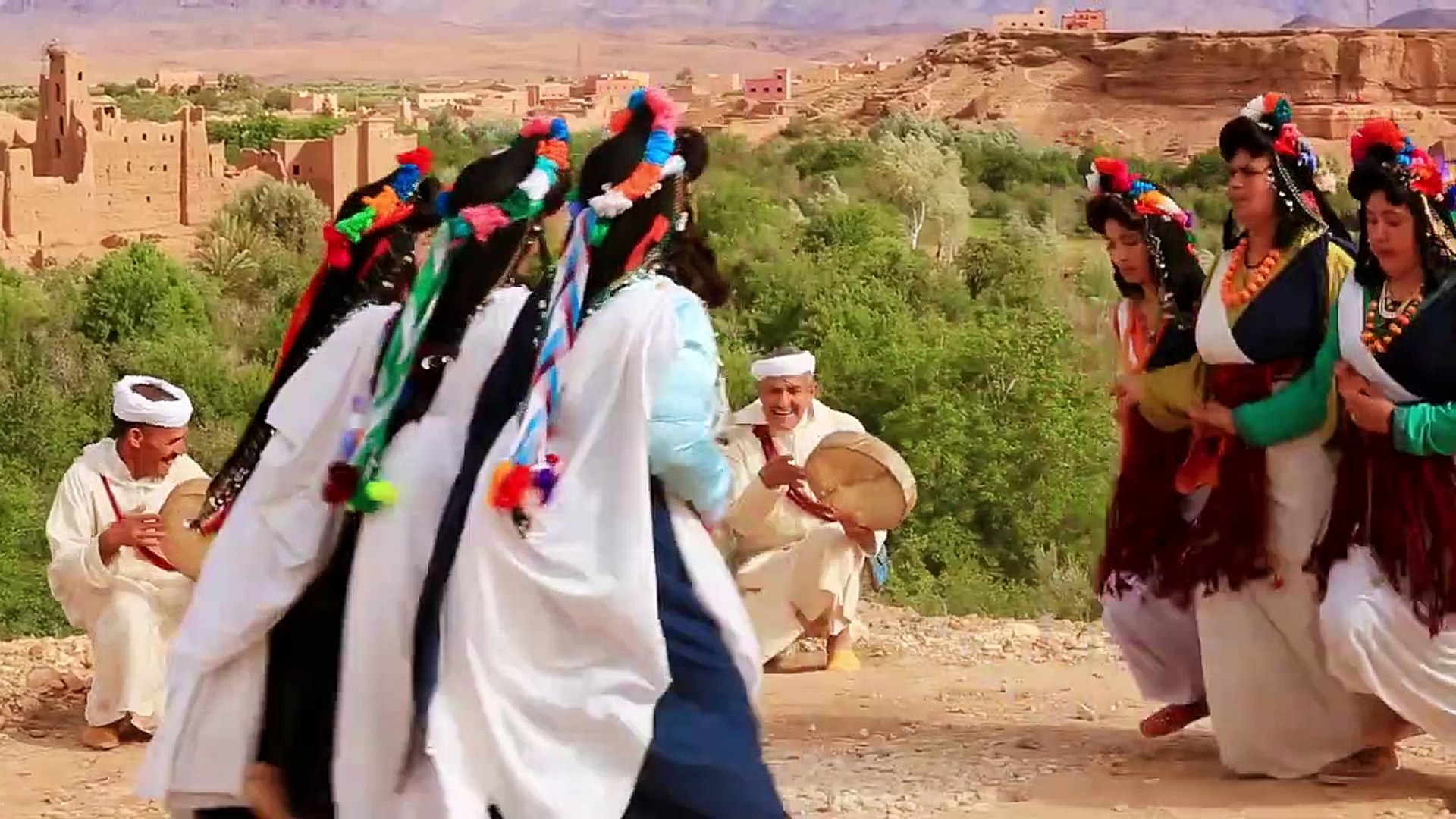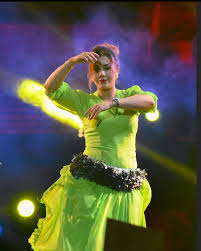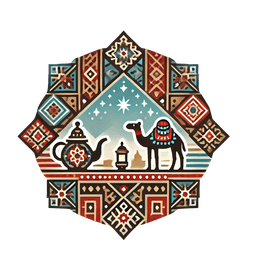- Published on
The Regal Elegance of Moroccan Cheikhat Unveiling the Traditional Kaftan
- Authors

- Name
- Adil ABBADI
Introduction
In the realm of Moroccan fashion, few garments evoke the same level of luxury, elegance, and cultural significance as the Moroccan Cheikhat. This majestic kaftan has been a staple of Moroccan traditional attire for centuries, adorning the bodies of royals, nobles, and dignitaries alike. In this blog, we'll embark on a journey to explore the fascinating world of Moroccan Cheikhat, uncovering its history, craftsmanship, and enduring appeal in modern fashion.
- What is a Moroccan Cheikhat?
- A Brief History of the Moroccan Cheikhat
- Types of Moroccan Cheikhats
- Craftsmanship Behind the Moroccan Cheikhat
- The Cheikhat in Moroccan Culture
- The Cheikhat in Modern Fashion
- Conclusion
- Embrace Tradition
What is a Moroccan Cheikhat?
A Moroccan Cheikhat is a long, flowing kaftan made from the finest fabrics, typically silk, velvet, or brocade. This regal garment is characterized by its intricately embroidered and ornate design, which often features Islamic geometric patterns, Arabic calligraphy, and floral motifs. The Cheikhat is traditionally worn on special occasions such as weddings, festivals, and royal ceremonies, where it serves as a symbol of dignity, honor, and prestige.
.jpg)
A Brief History of the Moroccan Cheikhat
The origins of the Moroccan Cheikhat date back to the medieval period, when it was worn by Moorish rulers and nobles as a symbol of their power and status. Over time, the Cheikhat evolved to become an integral part of Moroccan cultural heritage, with each region adapting its own unique style and flair. Today, the Moroccan Cheikhat is an iconic representation of Moroccan elegance and sophistication, beloved by both locals and foreigners alike.
Types of Moroccan Cheikhats
While the traditional Moroccan Cheikhat remains the most iconic, there are several variations that cater to different tastes and preferences:
- Traditional Cheikhat: This classic style is adorned with geometric patterns, Arabic calligraphy, and floral motifs, often in a combination of red, green, and gold.
- Modern Cheikhat: This contemporary version incorporates modern designs, colors, and fabrics, while still maintaining the essence of traditional Moroccan craftsmanship.

Craftsmanship Behind the Moroccan Cheikhat
The creation of a Moroccan Cheikhat is a labor-intensive process that requires exceptional skill, patience, and attention to detail. Master artisans spend countless hours embroidering intricate patterns, weaving silk and velvet fabrics, and crafting delicate buttonholes. Each Cheikhat is a testament to Moroccan craftsmanship, showcasing the country's rich cultural heritage and artistic prowess.
The Cheikhat in Moroccan Culture
The Moroccan Cheikhat plays a vital role in Moroccan culture, symbolizing dignity, honor, and respect. It's often worn during significant events, such as weddings, where it represents the union of two families and the celebration of love and commitment. In addition, the Cheikhat is a staple in Moroccan festivals, parades, and cultural exhibitions, showcasing the country's rich heritage and traditions.
The Cheikhat in Modern Fashion
Despite its traditional roots, the Moroccan Cheikhat has become a staple in modern fashion, inspiring designers and fashion enthusiasts alike. Its luxurious fabrics, intricate patterns, and regal elegance have made it a popular choice for high-end fashion brands, celebrities, and influencers. From runway shows to red-carpet events, the Moroccan Cheikhat has become a symbol of sophistication, glamour, and cultural appreciation.

Conclusion
The Moroccan Cheikhat is a timeless masterpiece of Moroccan fashion, embodying the country's rich cultural heritage, artistic prowess, and regal elegance. Whether worn traditional or modern, this majestic kaftan continues to inspire and captivate audiences worldwide, serving as a testament to the enduring beauty and sophistication of Moroccan culture.
Embrace Tradition
As we conclude our journey through the world of Moroccan Cheikhat, we're reminded of the importance of preserving traditional craftsmanship and cultural heritage. By embracing and celebrating these timeless treasures, we can ensure their beauty and significance are passed down to future generations, inspiring a new era of cultural appreciation and appreciation.
